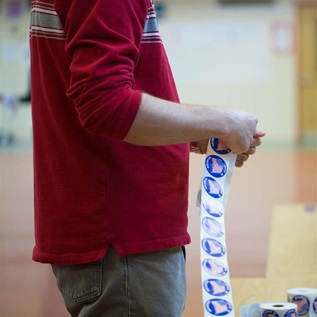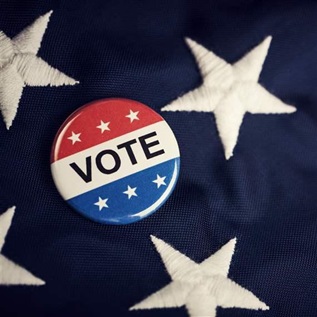Student Voting: A 'Problem' Becomes an Opportunity
As spring break begins across America, many college students are looking forward to an escape from classes. But some state lawmakers across the nation have something else on their minds: how to limit the influence of students by making it harder for them to cast ballots in their campus towns.
It's partly a political battle. Students can play a pivotal role in elections, and so where they vote matters. As state legislatures debate voter identification, residency requirements, same-day registration and even voting by mail, students are again a target—especially in light of the fast-approaching 2012 presidential contest.
The real focus, however, should be the impact of America's growing population mobility on the nation's election system. The Census Bureau estimates that one in six Americans—including but not limited to students—moves each year. The average American moves eleven times in a lifetime.
The current questions about student voting rights echo traditional tensions between longtime community residents and recent arrivals who may not be there for the long haul. The legal issues, at least, are clear: in the 1970s, some courts ruled that communities cannot require new voters to meet long-term residency requirements and that students were eligible to cast ballots in college towns even if it wasn't clear how long they would be living there.
This debate is intensifying with the pace of mobility. Population mobility is a considerable stress on our election system, which places a heavy emphasis on residence as a component of eligibility. Any influx of new voters into a community brings with it concerns that they are not eligible in their new homes or that they might still be on the rolls elsewhere.
These concerns continue to linger—and regularly erupt into controversy—because our election systems are poorly equipped to deal with mobility at all, let alone in today's numbers. State voter registration systems, in particular, still operate on a voter-driven, paper-based 19th-century model difficult to navigate and maintain.
Students are considered a constant challenge to this system because of their large numbers. The solution, then, is not to make rules specifically for them; rather, we must address the shortcomings of a system that creates concern about their eligibility to vote.
At the Pew Center on the States, we are working closely with state and local election officials on an upgrade of voter registration systems that will bring 21st-century technology and procedures to the process of maintaining voter rolls. The result will ensure that every eligible voter who wants to register will be on a state voter list – only one, and only once. The goal is to offer the level of accuracy and integrity that election officials, policymakers and voters demand so that energy can be focused on ensuring those on the rolls can actually vote.
Controversies about student voting can give states an opportunity to re-engineer and reform our voting system, not just for the benefit of those away at school, but for all Americans.
Doug Chapin is the director of Election Initiatives at the Pew Center on the States.











